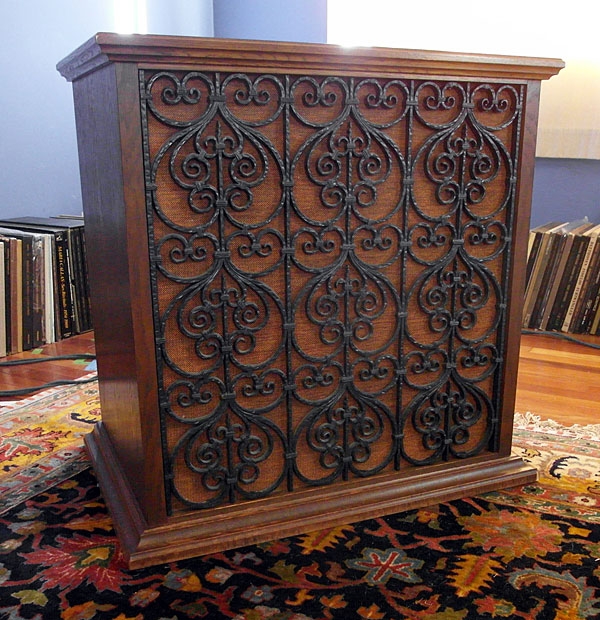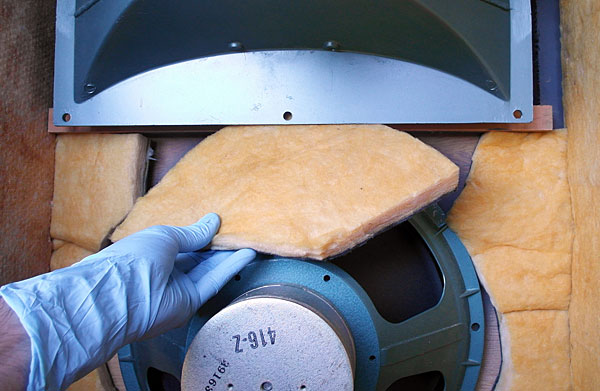| Columns Retired Columns & Blogs |
I think your questions regarding sonic differences between Altec Valencia and Flamenco speakers can be answered by the differences in construction. Additional damping and greater structural integrity will reduce audible vibrations and resonances, leading to greater soundstage clarity. Conversely the attenuation of resonances etc can diminish the "live" or "jump" factors experienced when listening to some speakers. I have owned Valencias before, and I found they did some things very well, but also had limitations. Someone offered me too much money and that was that. My tastes and equipment have since changed. Maybe it is time to re-investigate Altecs ?









































